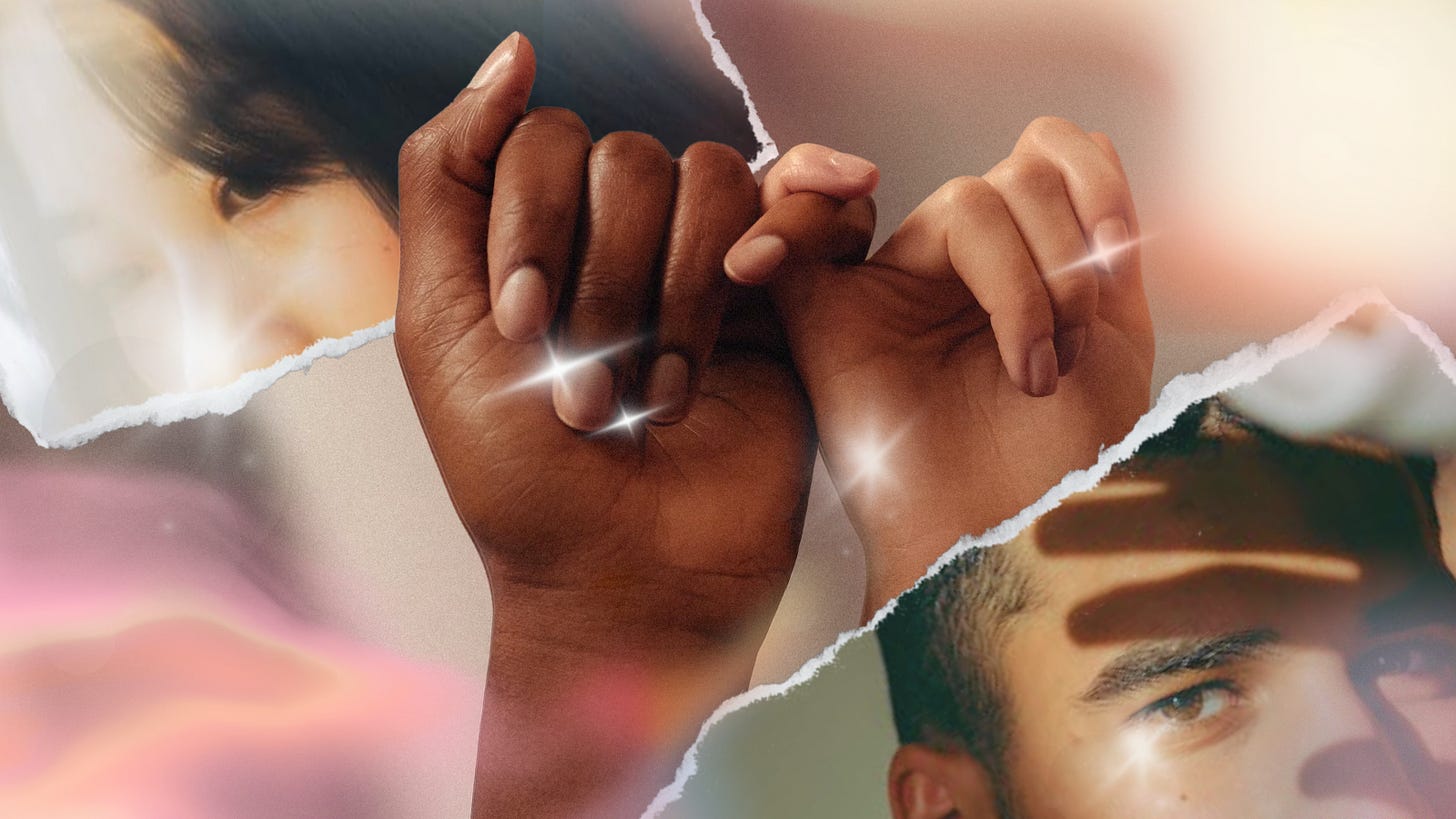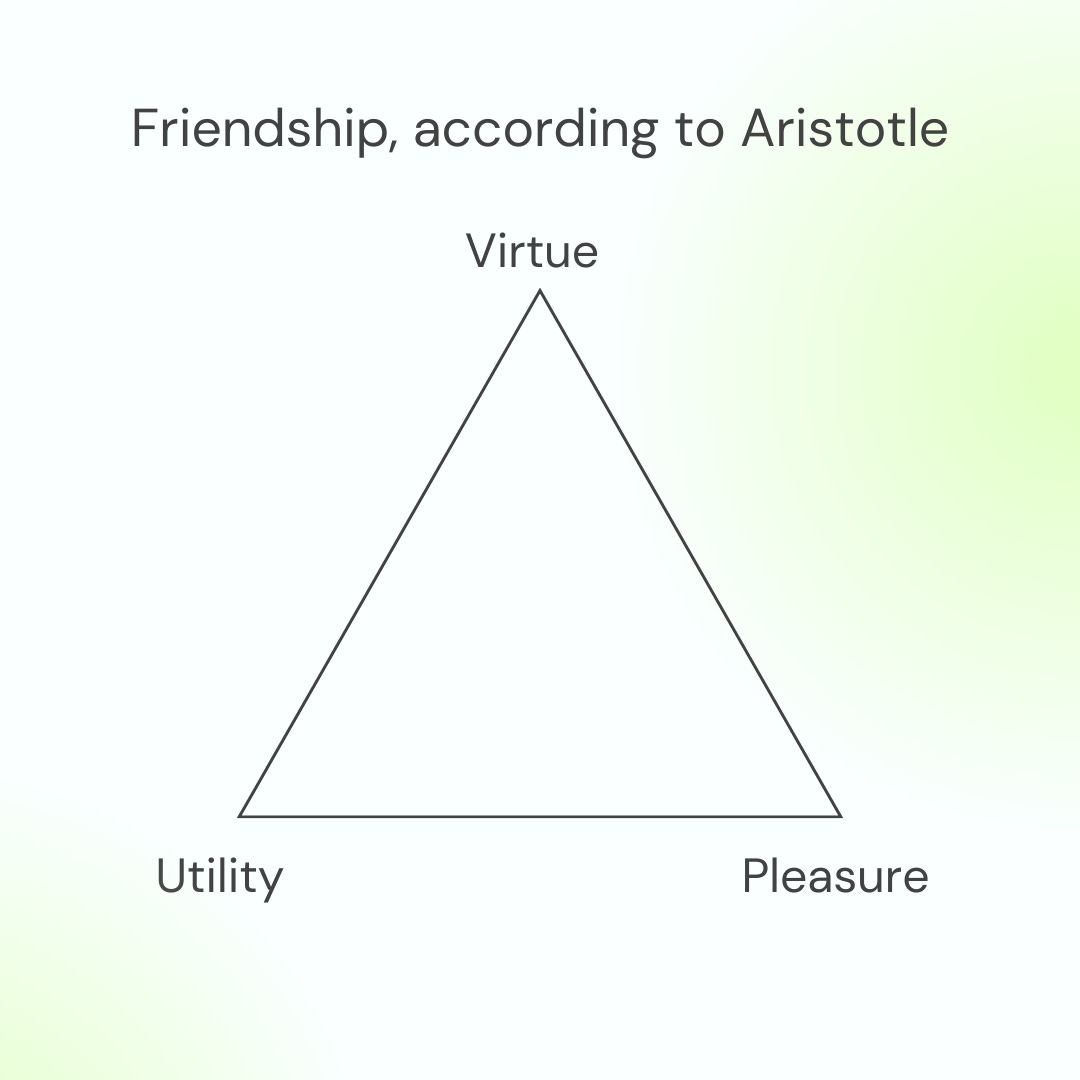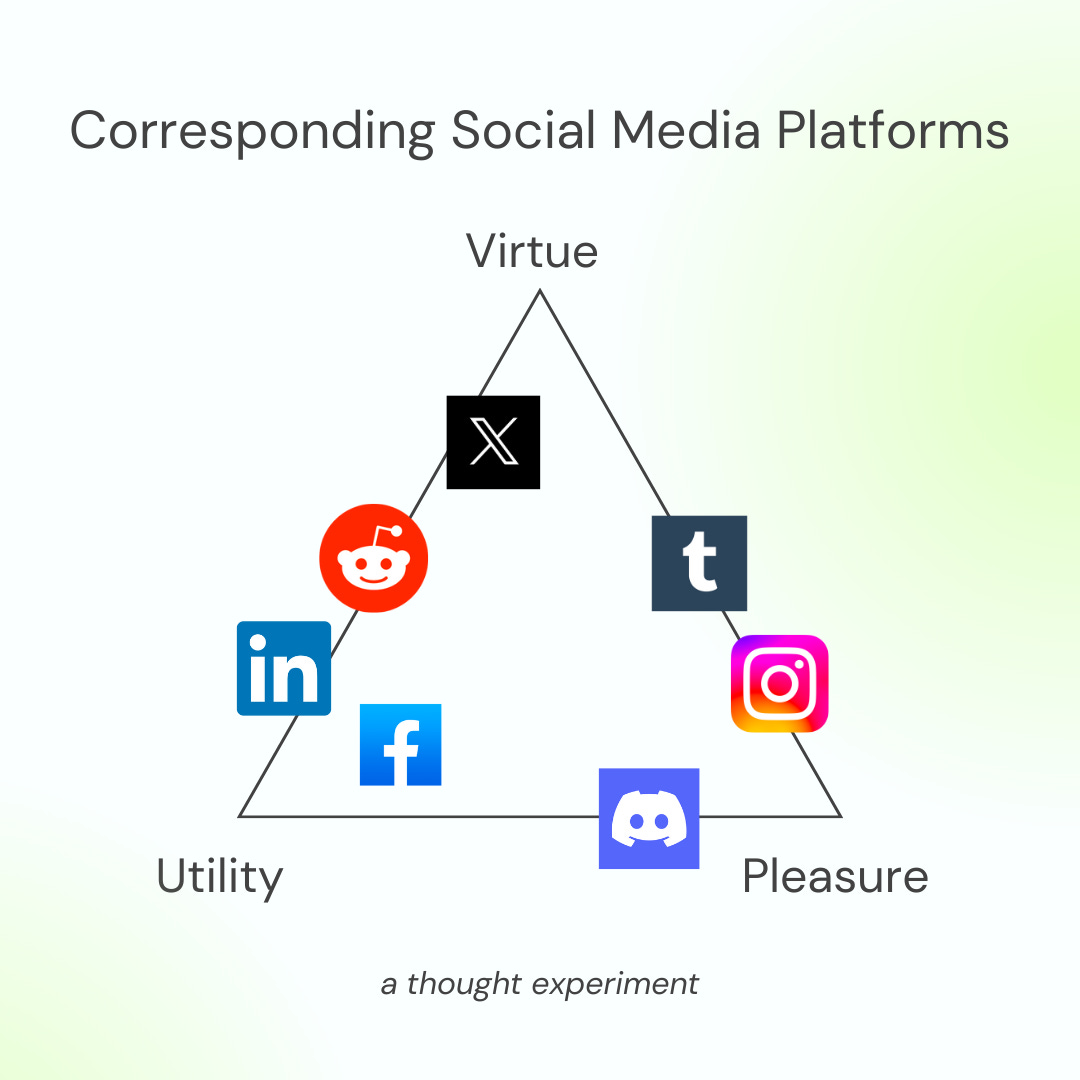The Beauty of Internet Friends
Maybe opening a Close Friends story signals a level of intimacy even higher than seeing someone with wet hair for the first time.
One of the hardest parts of adulthood is making new friends.
In an Atlantic podcast episode, How To Start Over: The Misgivings of Friend-Making, producer Rebecca Rashid notes, “There’s a certain volatility to friendship…In romantic relationships, there’s a sense of obligation. There are at least some unspoken rules about how it should go. Whereas friendship is so subjective.” Featured guest Julie Beck sums up the logistical difficulties of making friends as an adult: “I mean, one of the main ways that people tend to make friends is just: Whomever you’re spending time with is more likely to become a friend.”
I met some of my closest friends in high school and college in my classes. Yet, scheduling meet-ups with old friends is almost impossible since we’re busy with other life commitments, like work and family. Back in school, we were all focused on the same thing: study and graduate. However, adulthood now is just one big choose-your-adventure game — and none of us picked the same adventure. Some wanted to focus on their careers, while others pursued graduate education. When I moved back to Manila in 2020, none of my closest friends were in town.
But, thank God for Internet friends.
I met my Internet friends on niche social media sites like ADPList, Swarm, Sane, and Discord (this one isn’t niche, but their communities are). After connecting with them on all the big social media platforms, like Instagram and LinkedIn, I invested time to have regular conversations with them, schedule virtual hang-outs, and engage with their posts. The best part? My Internet friends became my IRL friends.
A few years ago, I was afraid of meeting new people online. I rarely posted on Reddit and I stayed away from Tinder and Bumble. But, now I spend more time with friends I made online than with friends I made IRL. Why are Internet friends so appealing? And, how does this mode of developing relationships enrich our lives?
Aristotle’s Categories of Friendships
As 2023 comes to a close, I’m taking stock of the friendships that came and went. Shakespeare sums up what I’m feeling beautifully in his comedy, As You Like It:
All the world’s a stage,
And all the men and women merely players;
They have their exits and their entrances;
And one man in his time plays many parts,
I reconnect with old friends as much as I let go of friendships that ran their course. However, ending a friendship is never easy. Some friendships just wither away in the background, while others end in catastrophe. But, why did that friendship end? And, was it a good decision to let that friendship go?
In search of answers, I stumbled upon Aristotle’s categorization of friendships: utility, pleasure, and virtue. Friendships of utility are based on what one person could do for another. These friendships come across as transactional — and icky — but help move life along. Next, friendships of pleasure are the most common portrayals of friendships in media. Two people hang out because they enjoy each other’s company, whether through hobbies or interests. Lastly, friendships of virtue occur when people come together out of mutual respect for another’s values. Seeing these categories laid out made me feel strange. Is it possible to put relationships into neat boxes?
Aristotle’s framework helped me reflect on why some friendships worked and why some didn’t. Some friendships just fizzled away because they were transactional by design. Once they didn’t need me, or I didn’t need them, then we wouldn’t talk. In 2023, I stopped playing video games, drinking, and watching Netflix, so some friendships went away with those hobbies. But, the friendships that deepened through the year were ones where I respected the other person. And, yes, a number (though not all) of those friends are Internet friends.
The Internet: A Friendship Matchmaker
The Internet changed the friendship landscape. Back in the early 2000s, tweens made MySpace profiles to connect with fellow tweens around the world. When I was in high school in Manila, Tumblr spawned multiple communities and subcultures for topics as mundane as studying. Throughout my college years in the United States, I participated in Facebook groups like Subtle Asian Traits and Asian Hustle Network, where people, usually of Asian descent, bonded over shared experiences like having strict parents and drinking bubble tea. Now, the pandemic only accelerated the importance of the Internet as a relationship builder. Most of my adult friendships started online.
The Internet not only tore down geographic and demographic barriers that prevented people from coming together, but it also put ideas and interests at the forefront. Microblogging communities nurtured online communities, where folks could post real-time updates on their thoughts and passions. Gone are pesky small-talk about the weather. I could jump straight into more meaningful conversations without formalities, thanks to Twitter threads and Tumblr reblogs. I found people whose minds I admire and whose sensibilities align with mine.
Different social media platforms nurture different types of relationships. For example, LinkedIn aims to create professional relationships that could help someone land their next job. Tumblr focuses on fun hobbies and passions, like fandom and art. And Twitter is the perfect platform to broadcast one’s hot takes on anything under the sun — and attract like-minded people. Applying Aristotle’s framework, I surmise LinkedIn focuses on utility, Tumblr with pleasure, and — dare I say — Twitter with virtue.
I followed the mechanics of these platforms and made Internet friends within the confines of specific definitions. I’d talk about job applications with my LinkedIn friends and technology trends on Twitter. Then, the relationships gained another level of complexity when I added friends from one platform in another. While we fragment our identities through avatars and personas, we also celebrate our complexity by inviting acquaintances into different online spaces. Adding a LinkedIn friend on Instagram or Facebook felt like a huge milestone in the relationship for me. Maybe opening a Close Friends story signals a level of intimacy even higher than seeing someone with wet hair for the first time.
I cherish all of my IRL friendships, but there’s just something about Internet friends. I befriended them because I thought their posts were funny, not because they were waiting in line next to me. While serendipity brought my IRL friends and me together, intention matched me to my Internet friends. If I don’t click with one person on Twitter (or if they ghost me), I could always move on to the next — almost 400 million people tweet every month. Making friends online showed me that I can build my own community by choosing people based on mutual-respect, and not proximity or circumstance.
The Fluidity of Friendship
When the clock strikes midnight in a few days, who are you going to bring into the new year? Will it be your old set of friends, or will you start with a clean slate?
The past few days forced me to confront my list of friends, contacts, and connections. I’m not going to pick up an old hobby, or regress to my past self to fit in with old friends. But, I’m also open to seeing how all my friendships, old and new alike,
Aristotle and layers of cross-platform relationships taught me that friendship roles are fluid. Back in 2021, I scrambled to build a network for my career, so I focused on utility. But, I’ve come to respect these LinkedIn friends for their abilities and minds (virtue). I also made some Bookstagram friends because I love their taste in books (pleasure) and even bought a used copy from one of them (utility). Friendships aren’t static and friends should grow with you as your priorities change.
I hope that your 2024 will be filled with relationships that grow with you like how sunflowers face the sun. The most fulfilling relationships do not grow out of circumstances and patterns, like on a trellis, but move forward in the same direction.







